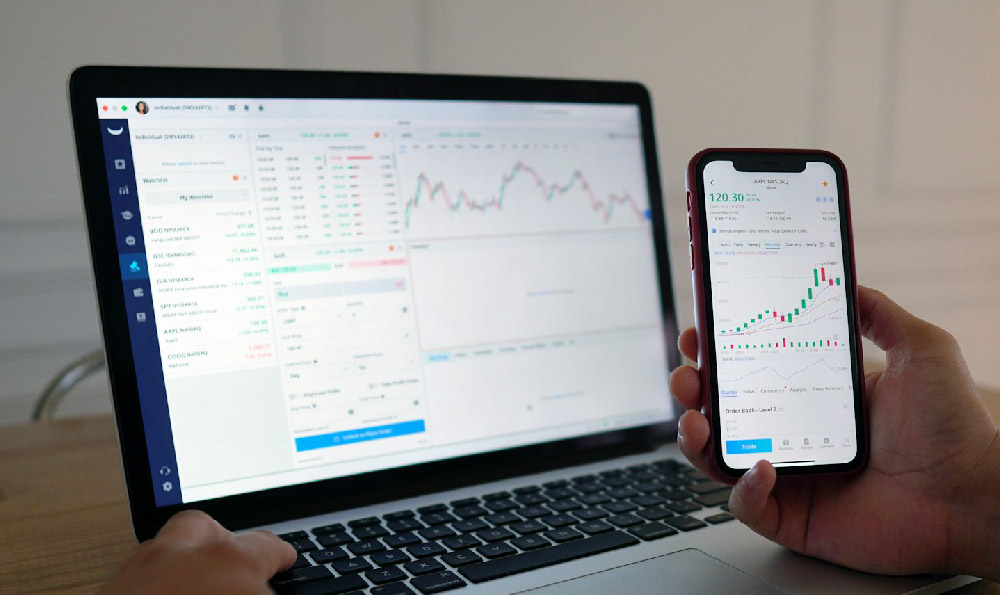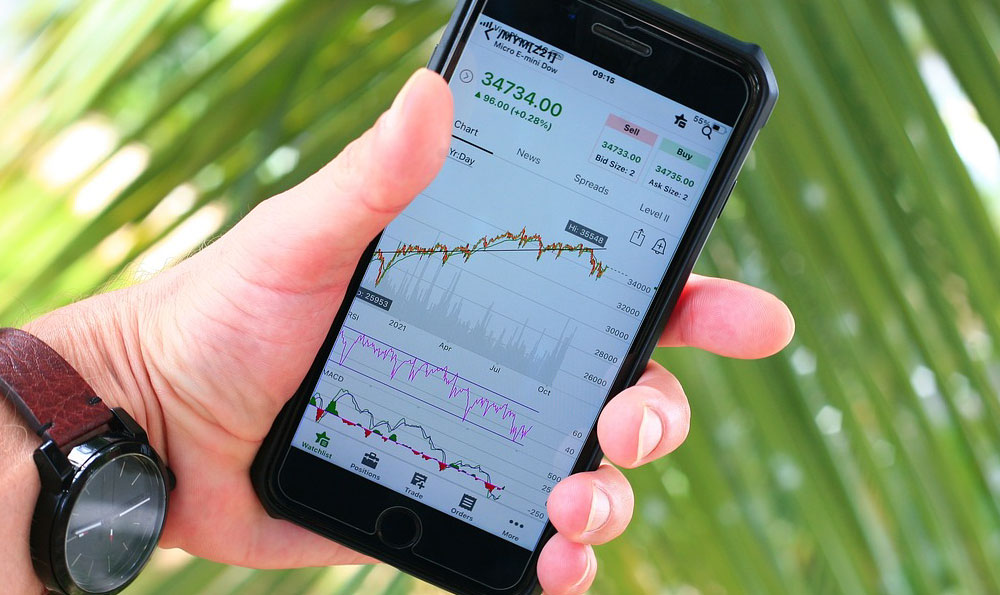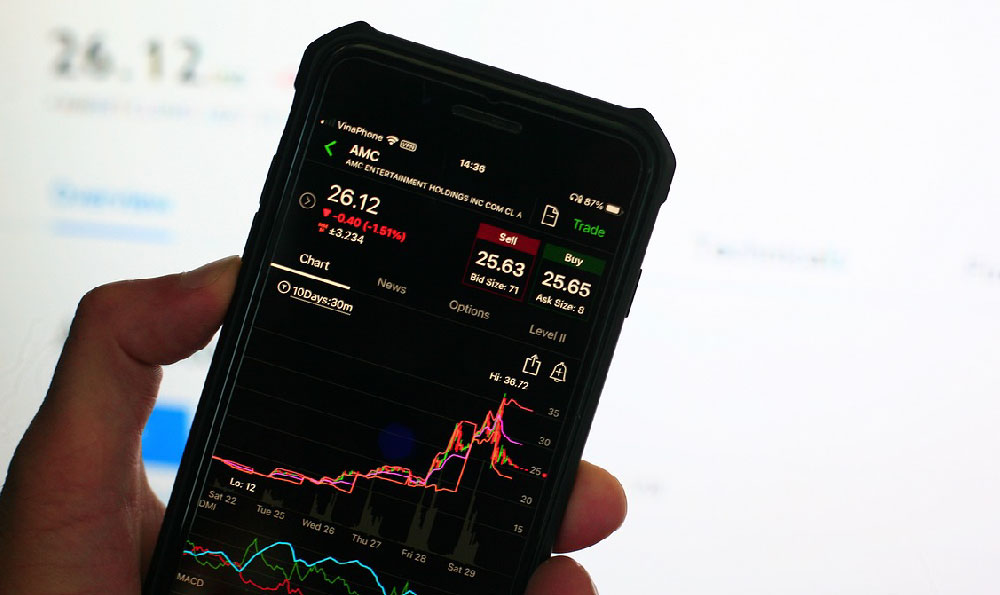Bitget is a prominent cryptocurrency exchange known for its extensive suite of services, including spot trading, futures trading, and copy trading. A crucial aspect of futures trading on any exchange, including Bitget, is the concept of leverage and the associated fees. Understanding these fees is paramount for traders aiming to optimize their strategies and manage their profitability.
Understanding Leverage and Its Impact
Leverage, in the context of cryptocurrency trading, allows traders to control a larger position with a smaller amount of capital. It essentially amplifies both potential profits and potential losses. For instance, using 10x leverage means that a trader can control a position worth ten times their initial investment. While this can significantly increase profits if the trade is successful, it also magnifies losses if the market moves against the trader.

Decoding Bitget Leverage Fees: The Funding Rate
On Bitget, like many other crypto exchanges offering perpetual futures contracts, leverage fees are primarily manifested as the funding rate. The funding rate is a periodic payment either paid or received by traders based on the difference between the perpetual contract price and the spot price of the underlying asset. It is not a fee charged by the exchange in the traditional sense, but rather a mechanism to keep the perpetual contract price anchored to the spot price.
The funding rate is typically calculated and exchanged every few hours (usually every 8 hours on Bitget). If the funding rate is positive, traders holding long positions (buying) pay the funding rate to traders holding short positions (selling). Conversely, if the funding rate is negative, short position holders pay the funding rate to long position holders.
The magnitude of the funding rate depends on several factors, including the market conditions, the difference between the perpetual contract price and the spot price, and the leverage being used. High leverage will generally result in a larger funding payment if the market moves against your position.
Bitget's Fee Structure: A Closer Look
While the funding rate is the primary consideration for leveraged trading on Bitget, it's also important to be aware of other potential fees:
-
Trading Fees: Bitget charges trading fees on both spot and futures trades. These fees are typically expressed as a percentage of the traded volume. The exact percentage depends on the trader's VIP level and whether they are a maker or a taker. Makers are traders who add liquidity to the order book by placing limit orders, while takers are traders who remove liquidity by executing market orders. Maker fees are generally lower than taker fees.
-
Withdrawal Fees: When withdrawing cryptocurrencies from Bitget, a withdrawal fee is charged to cover the transaction costs on the blockchain network. The fee varies depending on the cryptocurrency being withdrawn and the network congestion.
-
Deposit Fees: Bitget typically does not charge fees for depositing cryptocurrencies.
Bitget vs. Other Exchanges: A Comparative Analysis
When comparing Bitget's leverage fees (primarily the funding rate) with those of other exchanges, several factors need to be considered:
-
Funding Rate Mechanism: The underlying mechanism for calculating the funding rate is generally similar across most exchanges offering perpetual futures contracts. However, the specific formula and parameters used can vary slightly, leading to differences in the actual funding rates observed.
-
Funding Rate Frequency: The frequency at which the funding rate is calculated and exchanged can also vary. Some exchanges might use an 8-hour interval, while others might use a 4-hour or even a 1-hour interval. A higher frequency can lead to more frequent, but potentially smaller, funding payments.
-
Trading Fees: The trading fees charged by different exchanges can vary significantly. Some exchanges offer lower fees to attract traders, while others might charge higher fees but offer additional features or services.
-
VIP Programs: Many exchanges, including Bitget, offer VIP programs that reward traders with higher trading volumes with lower fees. The structure and benefits of these VIP programs can differ significantly across exchanges.
To effectively compare Bitget's leverage fees with those of other exchanges, it's crucial to:
-
Monitor Funding Rates Regularly: Keep track of the funding rates on Bitget and other exchanges for the specific cryptocurrency pairs you are trading.
-
Compare Trading Fees: Carefully examine the trading fee structures of different exchanges and consider your trading volume and style (maker vs. taker).
-
Factor in VIP Benefits: If you are a high-volume trader, consider the benefits offered by VIP programs on different exchanges.
Strategies for Managing Leverage Fees on Bitget
Successfully navigating the world of leveraged trading on Bitget requires a proactive approach to managing leverage fees:
-
Choose Leverage Wisely: Using high leverage can amplify profits, but it also significantly increases the risk of losses and higher funding payments. Carefully consider your risk tolerance and trading strategy when selecting a leverage level.
-
Monitor Funding Rates: Regularly monitor the funding rates and adjust your positions accordingly. If the funding rate is high, you might consider reducing your position size or closing your position altogether.
-
Time Your Trades Strategically: Consider the timing of your trades relative to the funding rate calculation periods. You might want to avoid holding positions through these periods if the funding rate is unfavorable.
-
Utilize Stop-Loss Orders: Stop-loss orders are essential for managing risk and limiting potential losses, especially when using leverage. They automatically close your position when the price reaches a predetermined level.
-
Explore Fee Reduction Options: If you are a high-volume trader, explore the benefits of Bitget's VIP program to reduce your trading fees.
Conclusion
Bitget offers a compelling platform for cryptocurrency trading, particularly for those interested in leveraged trading. Understanding the nuances of Bitget leverage fees, primarily the funding rate, is crucial for optimizing trading strategies and managing risk effectively. By carefully monitoring funding rates, comparing fees with other exchanges, and implementing sound risk management practices, traders can leverage Bitget's platform to potentially achieve their financial goals while protecting their capital. Remember, diligent research and a cautious approach are paramount for success in the dynamic world of cryptocurrency trading.












